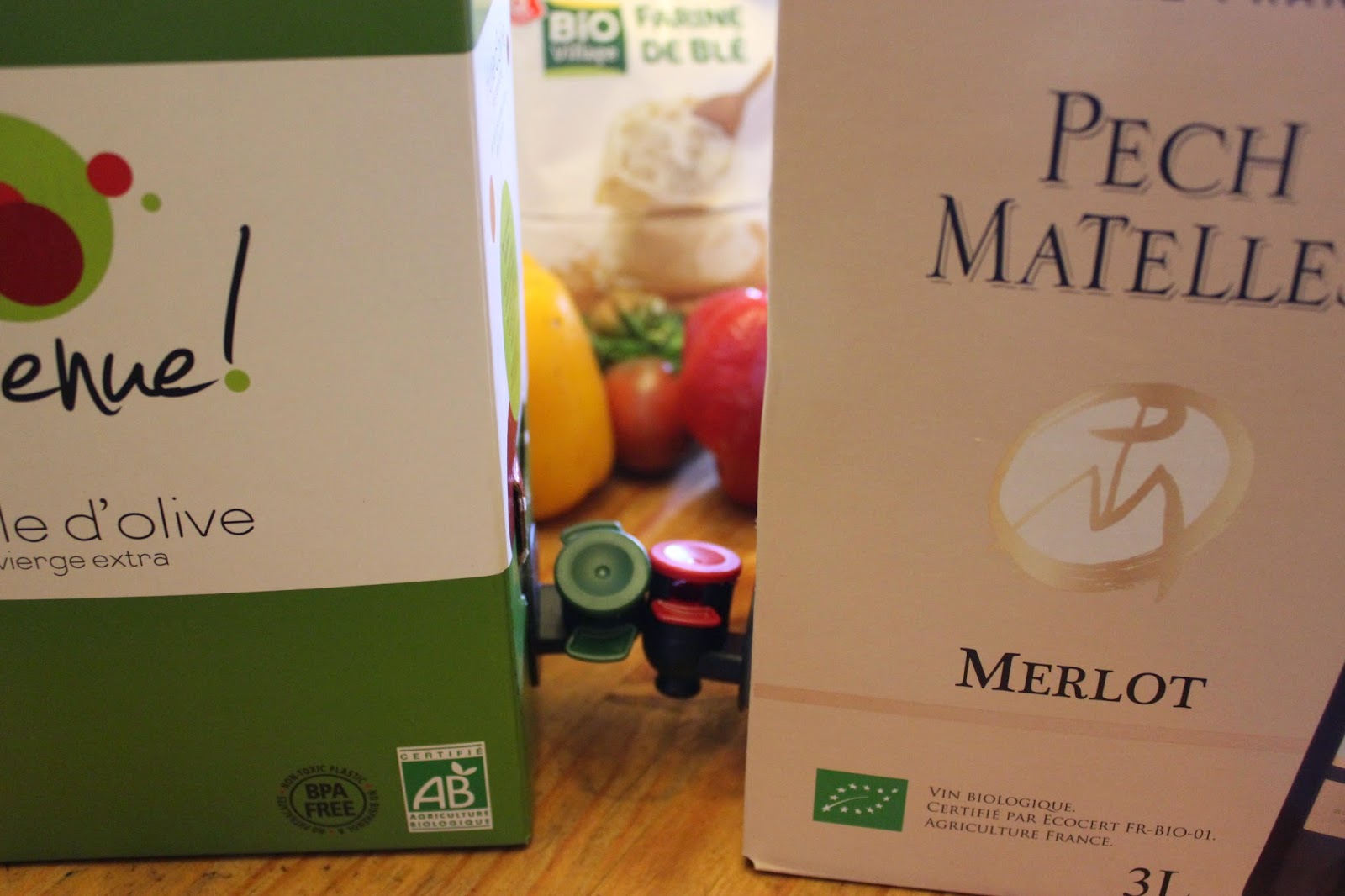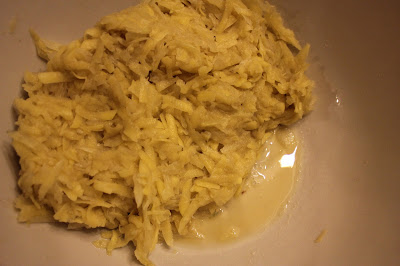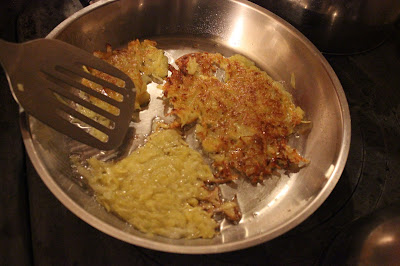This dish is marvellously versatile, it comes originally from the Abruzzo and Molise regions of south-central Italy. It can be sweet or savoury, picnic or lunch-box, a main dish, a fiddly cheese apéritif dînatoire or a hearty 'pasty' type supper dish. Even the pastry has different ingredients, the one I know of and use is made of equal parts of olive oil and wine. It's also a great accompaniment to fresh salad straight from the garden and you can really experiment with flavours of both the filling and complimentary side dishes.
The caciatelli (made with white wine) above have a filling of sweet potato leaf, which I first sautéed in butter and then added pieces of roasted (foraged) chestnuts. When cooking sweet potato leaves think along the lines of cooking spinach, they only need to be cooked until just soft.
Below is a large pasty version (made with red wine) filled with yellow peppers, oven dried herb tomatoes, and fresh basil. It is accompanied by a fresh green salad straight from the garden, topped with fried ham and a red cabbage dish with apple, raw apple cider vinegar and chestnuts all sautéed in butter.
I also regularly make the traditional Abruzzo - Loreto Aprutino, half-moon shape, filled with cheese, which makes a great appetiser to serve to guests to accompany drinks
Ingredients: for 50 small ravioli or one very large one!
For 500g - 1lb 2oz - 4 cups of plain white - multi purpose flour
100ml olive oil
100ml wine - if you use Merlot as I did - you get a crazy purple pastry, which cooks to a pleasing rich plummy chestnut colour - see above.
salt and pepper (if required)
egg yolk for brushing pastry.
egg yolk for brushing pastry.
Oven - preheated to 180ºC or 356ºF
Cooking Time - approximately 20 minutes (You will need to check your ravioli as they cook, I have a wood cooker and the oven has all round heat.
Make a well in your flour, salt and pepper and incorporate the wine and oil - I usually mix them together first.
Work the dough with your hands and if required add extra wine and oil, in equal quantities. I don't like to overwork this dough but you can tell easily by feel when it is smooth and elastic and ready to roll.
Roll pastry to a thickness to suit your taste and if you are making one large pasty then roll it in to an elliptical shape. Otherwise make a round, so as to cut the maximum from one rolled out piece. Use a single piece to make the traditional half-moon shape. Remember to cut an even number of pairs to make the round version!
Prepare your filling and leave to cool. Adding the filling when warm will make the pastry soggy and difficult to crisp up. If you have a 'juicy' vegetable, like my pepper mix or sweet potato leaf then drain it with a slotted spoon as you fill the ravioli. The remaining liquid can then be served as an additional sauce.
Do not overfill the ravioli but leave a rim which can be moistened with cold water and then pressed firmly together. Make a small cut in the top of each caciatelli to let out any steam. Brush the top of each with egg yolk before putting into the oven.
Eat them once cooled with a fresh salad or warm with a hot sauce made from the juice reserved from your filling mix.
Remember by the addition of a little sugar to the paste, you can make this into a sweet dish too.
Experiment and have fun! Check around the regional Italian cookery blogs and sites for other versions of this interesting and delicious recipe.
Thanks for dropping by and if you have found this post enjoyable please share and do feel free to comment.
All the best, Sue
Return to 'WHAT'S ON THE MENU' for more Simply Organic Recipes
© 2014 Sue Cross
Eat them once cooled with a fresh salad or warm with a hot sauce made from the juice reserved from your filling mix.
Remember by the addition of a little sugar to the paste, you can make this into a sweet dish too.
Experiment and have fun! Check around the regional Italian cookery blogs and sites for other versions of this interesting and delicious recipe.
Thanks for dropping by and if you have found this post enjoyable please share and do feel free to comment.
All the best, Sue
Return to 'WHAT'S ON THE MENU' for more Simply Organic Recipes
© 2014 Sue Cross



























